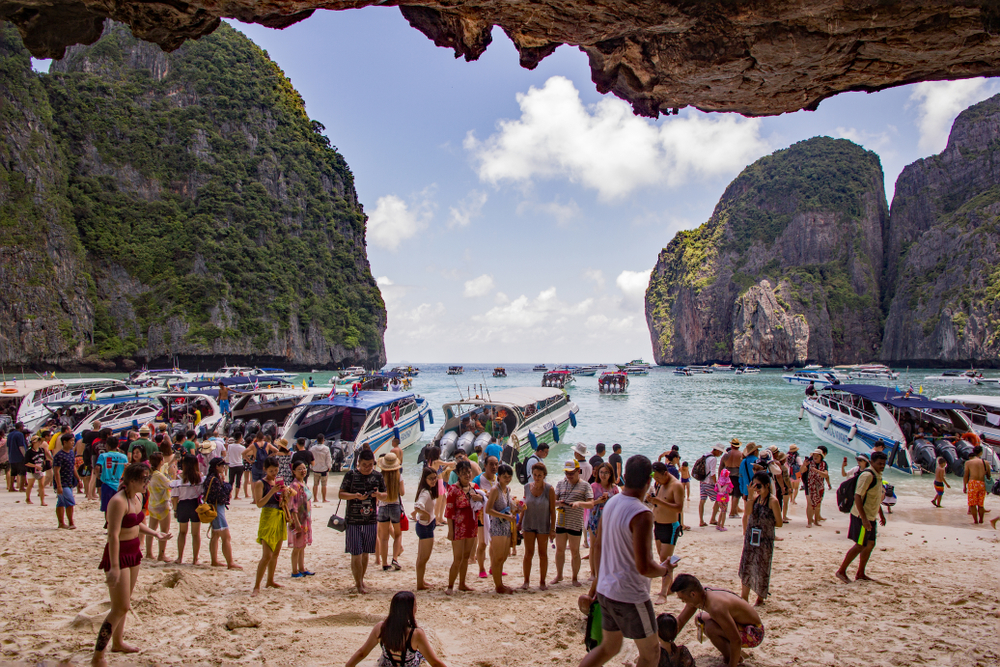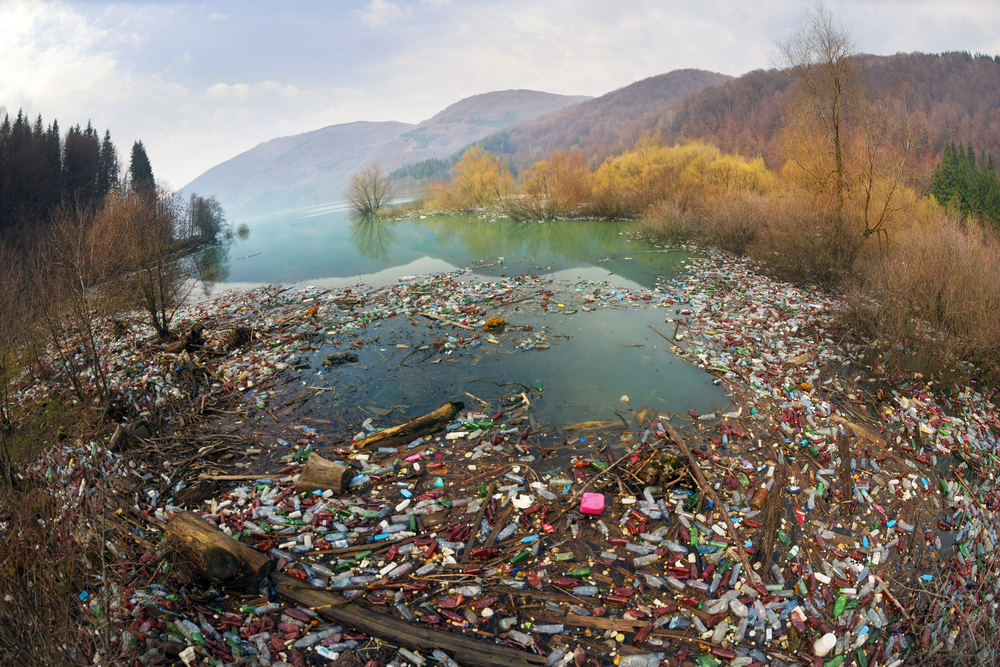[ad_1]
Let’s start with a harsh truth: if we continue to travel as unsustainably as we always have, we will destroy the world we live in. Something must be done and this is where sustainable tourism comes in; this is defined as a form of tourism that involves travelling to a destination as a tourist whilst trying to have a positive impact on the environment, and respecting a destination’s culture, environment, and local communities.
Obviously, the more we are educated on the impacts that tourism has on the world, the more we seek sustainable or responsible holidays. We need to get sustainable tourism right because the number of international tourist arrivals is expected to increase to 1.8 billion by 2030.
According to Verdict.co.uk, the top destinations for sustainable tourism are: Costa Rica, Slovenia, Palau, Bhutan, Norway, Finland, Maldives, New Zealand, Iceland, and Kenya. This form of tourism is also a very appealing trend for many celebrities; according to CNBC, some of the top green celebrities include; Leonardo DiCaprio, Edward Norton, Brad Pitt, Daryl Hannah, Jack Johnson, Jamie Oliver and Robert Redford.
The more we recognise and become aware of these people encouraging or engaging in sustainable tourism, the more we are inspired by them to do the same thing. Destinations and tourists are becoming more aware of the negative environmental impacts of tourism, and there is more of a shift toward natural resource conservation and protection.
CNBC also states that the Global Sustainable Tourism Council has a criteria for a destination to be approved as a sustainable destination; this criteria includes helping local businesses, protecting natural resources, and encouraging visitors or tourists to take part in the community.
Destinations like Vail, Colorado as well as countries like Thailand and Iceland are also joining this sustainable trend and the positive outcomes of this have been recognised, drawing more and more people to participate in sustainable tourism.
However, do sustainable tourists really have a positive impact on the environment? Is this type of tourism really sustainable? Taking into account that this can be a very complex and controversial topic, I spoke to tourism specialist and academic, Dr Charlie Mansfield, who believes that sustainable tourism has become increasingly popular due to the “general swell in the media and advertising that may sensitise people to be sustainable tourists”.
This is what drives many people who can afford to go on holiday, to find a less impactful way to travel, leading them to have more sustainable holidays. He also believes that words ending in “-ism” are words that “seem to have a life of their own” and the fact that tourism ends in “-ism” means that it will keep happening and we can not stop it.
“Bringing economic benefits into an area that is suffering”
For that reason, he stated that “Because tourism is swamping, we have got to do it anyway otherwise someone else will do it. We have got to find ways of minimising the impacts or finding ways where tourism can have good impacts on the world. It might not have a good impact from the resources that we are using, but it may have a good impact on people’s lives; increasing their wellbeing, giving people employment, and bringing economic benefits into an area that is suffering.”
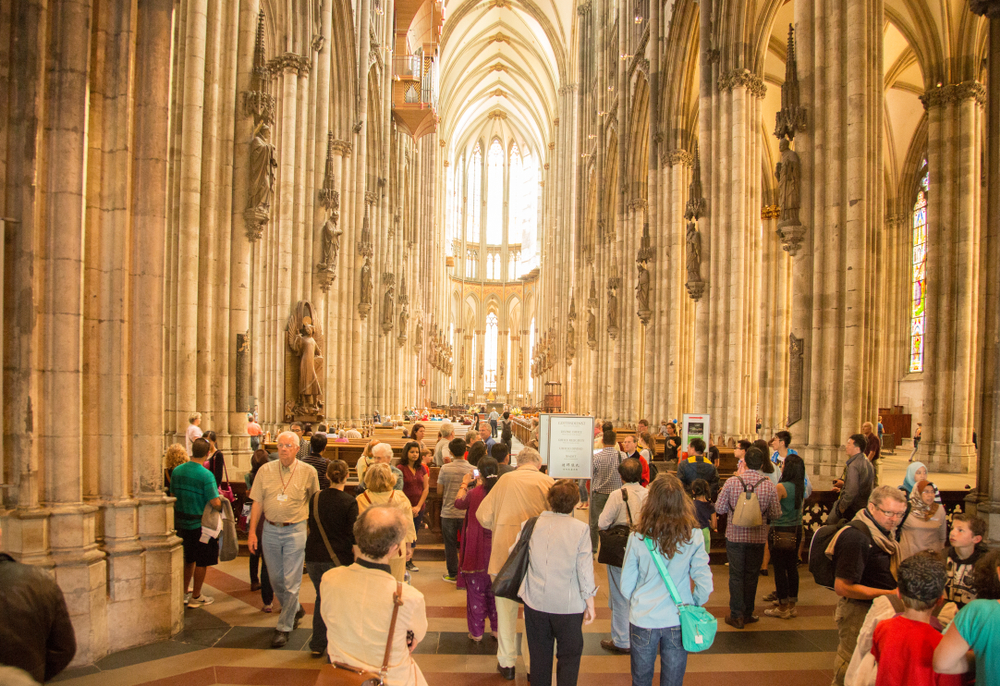
However, Mansfield agreed with the depressing idea that most of the time, the aim to travel sustainably is not necessarily to help the environment, but is to make tourists feel better about themselves. He stated: “We make ourselves feel guilty about the planet; what we are doing to it and what we have done to it. But, strangely, I think marketing or advertising feels that and makes people feel that too. It is there anyway and we keep telling ourselves it, and we keep reinforcing that.
“Perhaps we have got to become a little bit more scientific”
Mansfield continued: “Perhaps we have got to become a little bit more scientific and step outside of it to properly look at some of the work that scientists are doing to see where we can improve things. We must start to be a bit more logical and rational about it instead of dealing with it entirely emotionally, because guilt is more of an emotion than a rational response.”
Nonetheless, whether tourism is sustainable or not, there is always a negative side to it. The only difference is, with mass tourism, the negative impacts are a lot more noticeable than those of sustainable tourism. This is because travelling, itself, is an unsustainable act, and no matter how much we try to minimise the negative effects of it, it will not be 100% sustainable. Mansfield and I concluded that the terms “tourism” and “sustainability” are two terms that contradict each other. Even though it still has some benefits, there is always going to be a negative side.
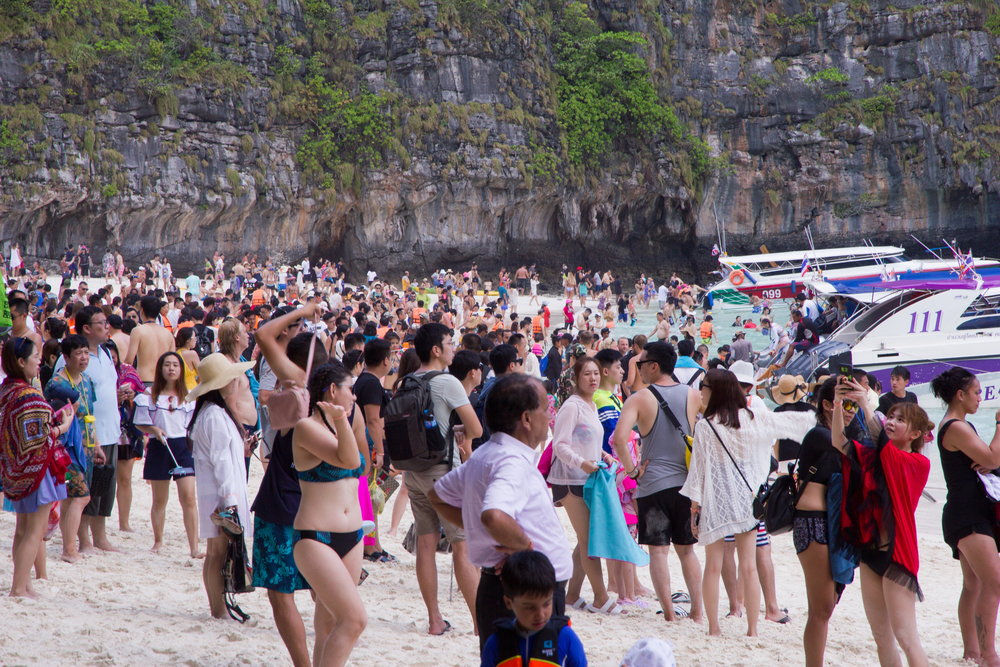
Mansfield also stated that “simply flying to a country, even if you are going to help, will have a negative impact because there is always going to be extra CO2 from you travelling there”. I also asked Mansfield the question that many people ask tourism experts; “Overall, do you believe that tourism will ever be 100% sustainable?”
His answer was the following: “We will keep doing things to this planet and I think we will learn to minimise the dangerous impacts. But, I do think we are doing a little bit of damage every time we do some tourism. I think we will get past 50% but we will never get to 100%”.
The current position
We really need to become more committed to changing our attitudes and behaviours when travelling to ensure that the tourism industry survives. There are many travel companies and airlines who are trying to promote sustainable tourism.
For example, according to Raconteur, “British Airways, which has committed to cutting its net CO2 emissions by 50% by 2050, has partnered with renewables company Velocys to build a plant to produce fuel from household waste, which it says will emit 60 per cent less carbon than traditional jet fuel”.
Perhaps, we need all airlines to shift towards this process to maintain sustainability. This will at least allow sustainable tourism to survive to a certain extent.
We also need to stop allowing our feeling of guilt to be the only reason we travel sustainably. Perhaps sustainable tourism would be more sustainable if there were more tourists who do not participate in it only because they want to lessen their feeling of guilt whilst travelling, but because they genuinely want the long-term negative effects of tourism to be minimal, whilst raising awareness and encouraging others to participate in this type of tourism.
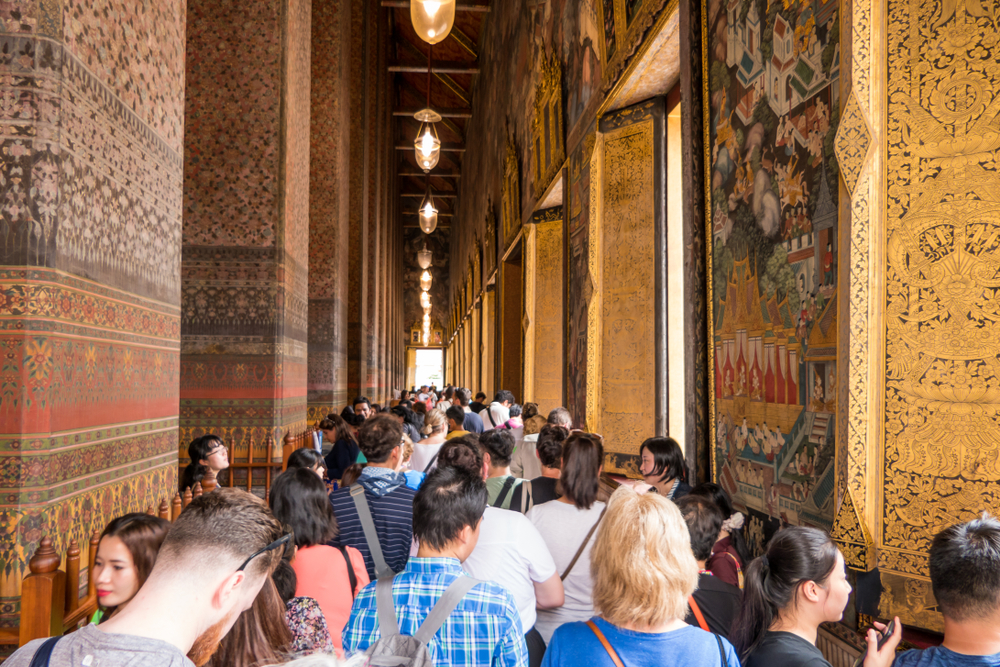
These changes allow tourism to shift more towards sustainability as more people may become even more aware of the effects of tourism and the number of sustainable tourists may increase.
Also, educated travel seems to be the closest thing to sustainable tourism, so as long as we stay educated, we may be able to reduce more negative impact whilst maintaining development. We can be ‘sustainable people’, however, being a ‘sustainable tourist’ is not as simple as it seems. The label is out there; we are tourists, and the best way to be sustainable is to stop travelling completely. But obviously, this is unrealistic and we will always be travelling.
It is important to take into account that we can not say that we are sustainable people if we are engaging in tourism, no matter what our intentions are. As tourists, the least we can do is travel in the most sustainable way possible; in other words, if we are going to engage in tourism, we are automatically causing harm, so we should do it the best way or least impactful way possible.
[ad_2]
Source link

